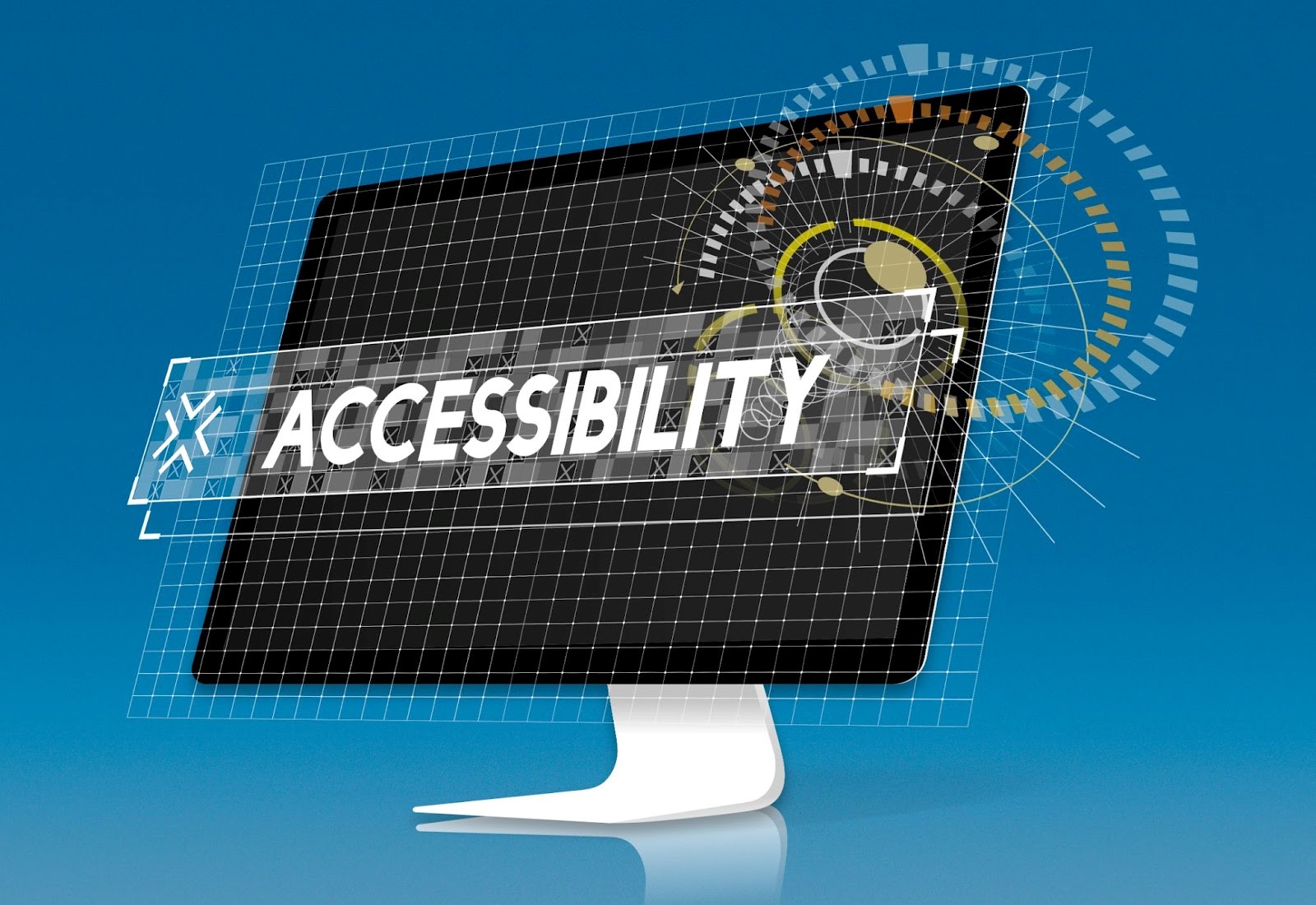
Providing you the perfect solution for your business needs. Let's work together and unlock doors to success.

The world of web design has evolved significantly over the years, with a growing emphasis on creating visually stunning and user-friendly websites. As **web designers** and businesses strive to create captivating online experiences, there's one crucial aspect that should never be overlooked: web accessibility.
Web accessibility refers to the practice of designing and developing websites that can be accessed and used by individuals with disabilities. It ensures that people with visual, auditory, physical, or cognitive impairments can navigate, interact with, and consume **website content** effectively.
In this digital age, where information and services are primarily accessed online, web accessibility has become more important than ever. Not only is it a legal requirement in many countries, but it also reflects an inclusive and equitable approach toward reaching a wider audience. It allows individuals of all abilities to fully engage with website content, making it a win-win situation for both users and businesses.
In this article, we will discover everything about accessibility scanners and how to make your website WCAG-Compliant.
The W3C created a set of guidelines known as WCAG (Web Content Accessibility Guidelines) to make sure that websites are accessible to people with impairments. It has three compliance levels: A, AA, and AAA, with each level indicating increasing levels of accessibility. Both users and website owners gain from WCAG compliance.
It gives equitable access to web information for all users, regardless of disability, while website owners can broaden their audience and improve overall user experience. However, obstacles like a lack of understanding and technical complexity might make WCAG compliance difficult. Overcoming these obstacles necessitates dedication, education, and the use of technologies to ensure that websites are accessible to all users.
By examining websites against WCAG guidelines, accessibility scanners are effective tools that aid in obtaining WCAG compliance. They include a number of crucial features and functionalities that help to speed up the accessibility testing process:
Accessibility scanners make it easier to test websites for WCAG compliance. They do scans and tests on various website aspects such as graphics, color contrast, keyboard navigation, and more. When compared to manual testing, this automated approach saves time and labor.
These scanners identify specific accessibility issues present on the website. They highlight areas that do not meet WCAG guidelines, such as missing alt text, improper heading structure, inaccessible forms, and more. By pinpointing these issues, web designers and developers can prioritize and address them effectively.
Accessibility scanners generate detailed reports outlining the website's accessibility status. These reports contain useful information about the accessibility issues discovered, their severity, and recommended fixes. They are used as a source of documentation for tracking progress and demonstrating WCAG compliance efforts.
Accessibility scanners can be integrated into the development workflow, allowing web designers and developers to incorporate accessibility testing at different stages of the design process. Integration ensures that accessibility is considered from the early stages of website development, making it easier to address and fix accessibility issues.
Several popular accessibility scanner products on the market have garnered acclaim for their effectiveness in obtaining WCAG compliance. Leading products such as "Tool Name 1", "Tool Name 2", and "Tool Name 3" provide extensive scanning capabilities, user-friendly interfaces, and dependable outcomes. When evaluating these solutions, it is critical to examine functionality, price models, and platforms supported.
Furthermore, investigating case studies or user testimonials can provide useful insights into the real-world usefulness of these accessibility scanners in increasing website accessibility and creating a more inclusive online experience for all users.
A variety of things must be carefully considered while selecting the best accessibility scanner for your website. Here are some important things to remember:
Determine the level of scanning skills you require by assessing the size and complexity of your website. Accessibility scanners with extensive functionality and scalability can help larger and more complicated websites.
Examine your budget and available resources to find an accessibility scanner that fits inside your financial constraints. Consider whether a free or paid tool is required, as well as whether you have the requisite employees or time to devote to the scanning process.
Ensure that the accessibility scanner you choose is compatible with your current development tools and processes. The scanning and remediation workflow can be streamlined by integrating with your preferred platforms, such as content management systems or development frameworks.
Create an evaluation checklist that includes important criteria for selecting an accessibility scanner. This checklist may include factors like scanning accuracy, reporting capabilities, ease of use, customer support, and user reviews.
Web accessibility is an essential aspect of web design and development that should never be ignored. It not only assures equal access for those with disabilities, but it also demonstrates a dedication to diversity and reaching a wider audience. Accessibility scanners can help you achieve WCAG compliance more easily.
We specialize in quality site design services that prioritize accessibility at Designs Mansion. Our professional web designers understand the significance of WCAG compliance and can assist you in developing a website that satisfies the highest accessibility standards. Contact us today to learn more and take the first step toward establishing an attractive online presence.
Remember that accessibility is a moral responsibility that benefits both users and companies. Let us collaborate to make the web a more inclusive and accessible platform for all.